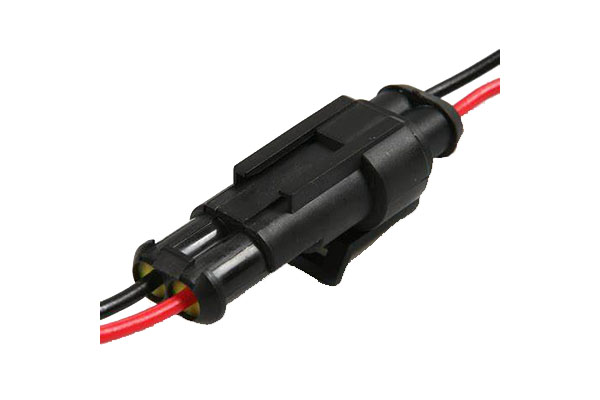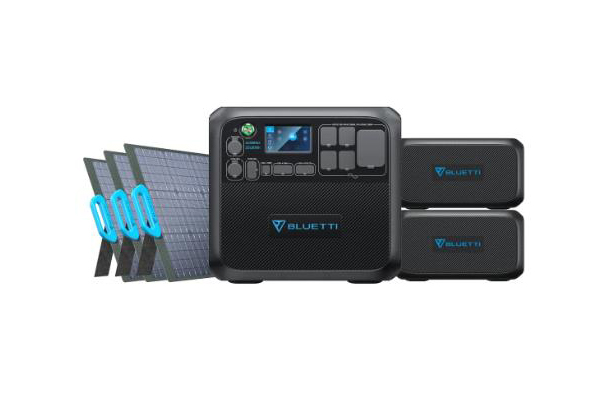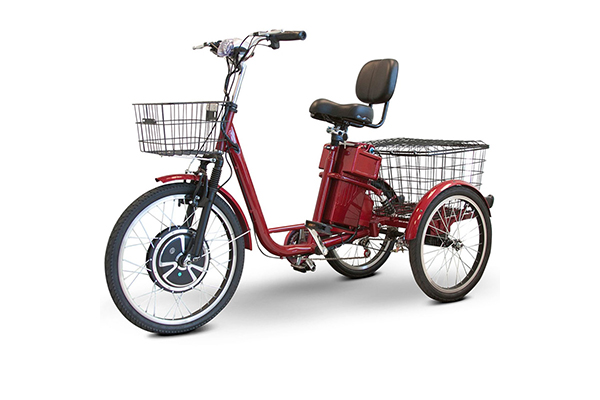Electrical connectors are the foundation of the electrical system and a vital part of your vehicles. The electrical connectors on a vehicle have an important function in maintaining the electrical system’s continuity and providing a reliable connection between various vehicle parts.
Without electrical connectors, your vehicle may not start, run, or stop properly. Electrical connectors help you to diagnose and repair electrical problems in your vehicle.
So how can you correctly identify automotive electrical connections? Here are some pointers:
Understand the Terminology
Know the Form Factors
Know the Types
Bonus Tip: Identifying Methods
It can be confusing and difficult to differentiate the electrical connectors in your automotive engine. But we are here to help. To learn how to identify automotive electrical connectors and use them properly, read on!
#1 Understand the Terminology
Several different types of electrical connectors are used in automotive applications. The first step to understanding and identifying them is by getting familiar with the terminology commonly used in connectors.
Some of the most commonly found terms are:
Gender:
The gender of the connector refers to the terminal type. The gender of the connector can be either male, female, or male/female.
A male connector is one whose function is to plug into something. They usually have metal pins that can be inserted into something. On the other hand, a female connector is used by having something else plugged into it and has holes with electrical terminals.
There are also cases where individual connectors are referred to as male despite seeming female and vice versa. This all depends on the specific make and model of the connectors, such as in three-pronged plugs.
Polarity:
The polarity of the connector refers to the direction of the terminals. Usually, a connector would only be “keyed” into one orientation.
The polarity of the connector refers to whether it is positive or negative. There are also many different types of polarity, such as straight and bent.
For example, a 3-pin connector would have positive (+) and negative (-) terminals. This would mean that one end is positive and the other is negative.
The opposite would be a 4-pin connector with both positive and negative ends (positive and negative). Still, it will only have one positive terminal and another negative.
Contact:
The connector’s contact refers to the method used to make a connection. In other words, it is how it carries the electrical current.
There are two main types of contacts: socket and pin. The point of contact is also where things usually go wrong.
For example, if the connector experiences oxidation from micro-fretting, it can decrease effectiveness, engine failure, and even safety hazards.
Pitch:
The pitch refers to the distance between the row of contacts found within the connector. Knowing the pitch is essential to ensure the connectors you have can match and “mate” with each other.
Mating cycles:
Mating cycles are the periods where two connectors can be keyed together efficiently. As your connectors, experience wear and tear, their ability to mate correctly will slowly deteriorate.
How long this “cycle” takes depends on the quality and resistance of the connectors.
Mount:
The “mounting” of the connectors can either mean the mounting type or the mounting and termination method.
Mounting type includes free-hanging mounting, panel mounting, and board mounting. On the other hand, the termination method provides solder termination, surface mount termination, push-and-poke, or through-the-hole.
Strain relief:
A strain relief refers to the fixture or the capability of lessening the stress or strain on a specific cable, wire, or connector. You could see it as a small sleeve on the connector.
A connector with good strain relief can bend and strain without breaking.
#2 Know the Form Factors
Automotive connectors can also be identified based on their form factors. In the case of form factors, they are usually categorized into the following:
Wire-to-wire connectors:
Wire-to-wire consists of two wire-terminated connectors or cables that are keyed together. They would need to mate, one being a male-gendered connector and the other female-gendered.
Wire-to-wire connectors come in many different shapes and sizes. The size, also known as the wire gauge, usually depends on how much amperage rating is supposed to flow through the wire.
Wire-to-board connectors:
If a connector has a wire-to-board form, it connects wires to a printed circuit board (PCB). It usually uses a crimp or an insulation displacement connector (IDC) for its termination.
Board-to-board connectors:
A board-to-board connector is used to connect two printed circuit boards (PCBs). These can be mounted either using the through-hole method or the surface-mounting method.
Sealed connectors:
Sealed connectors are perhaps the most commonly seen connectors, especially in the automotive industry. They are made to protect cables and wires from environmental hazards.
An excellent sealed connector can make or break how long a wire or cable system lasts, so it is a significant part of picking a wiring system.
#3 Know the Types
There are several different types of electrical connectors in your vehicle. Here is a brief explanation of each type, based on the materials used to construct it:
Vinyl:
Vinyl connectors are one of the cheapest and most accessible connector options. It can be used to withstand high or low humidity levels. However, it can be prone to corrosion and crack and break under extreme weather and environments.
Nylon:
Nylon connectors are a slightly stronger option than the previous type. They are usually semi-translucent, so you can see better if installed correctly. Because of this, they are also easier to crimp than vinyl connectors.
Though they are easier to use and more chemical and temperature resistant than vinyl connectors, they are also pricier.
Heat Shrink Crimp:
As the name implies, the heat shrink connector is one made to block out extreme external environmental conditions from damaging the insulation. It also has a good crimp. This includes harsh temperatures, corrosion, and many more.
However, it is much harder on the wallet compared to the previous two and is slightly more challenging to install, requiring a heat gun or a butane torch.
Heat Shrink Solder:
Solder connectors are heat shrink connectors installed using a solder instead of a crimp. The solder has more strength than the crimp and is usually used in spaces where a crimp tool would have difficulty reaching.
Like its crimp counterpart, it is much more durable against corrosion, temperature, and other harsh environments but is also relatively pricier.
Other than categorizing connectors based on the materials, they can also be divided into their automotive functions:
Group A are connectors attached to the head unit of your vehicle. They have access to your engine’s power supply, letting it turn on or off. They are also connected to the antennas and radio volume controls.
Group B are connectors used to attach the speakers to the rest of the vehicle.
Group C is used for embellished features in a vehicle, such as remote controls, amplifiers, and CD decks.
Group D connectors are used for navigation, including GPS and other satellite-related purposes.
#4 Bonus Tip: Identifying Methods
If you are still unsure on how to identify the automotive electrical connectors you have, there are some more ways you can figure out more.
If the electrical connectors are located in the engine bay, you will identify them by their location. They are usually at the vehicle’s front, near the engine block.
If they are located inside the vehicle, they will be accessible through a panel or hatch from outside of your vehicle.
The electrical connectors may also have warning labels and symbols to help you identify their functions and features.
If you can’t figure it out by investigating the connector, you can also refer to other resources. For a start, there are several sites out there made specifically for identifying connectors and other engine parts on the Internet.
Usually, online retailers of vehicle parts, including those who sell connectors, have a built-in index feature in their sites that allows visitors to search for specific makes and models. These include Connector Book, Cycle Terminal, Molex, and DigiKey.
Additionally, there is always the option of asking your technician to help you. You can also contact the manufacturer that made your connectors for more information.
If you have the owner’s manual of your vehicle, you can look for the information on the electrical connectors. If not, then consult with your technician to get an accurate description.
Final Thoughts
If you have never identified an automotive electrical connector before, you will be much more well-equipped now that you’ve read this guide! Knowing how to identify them will help you diagnose and repair any issues that may arise.





